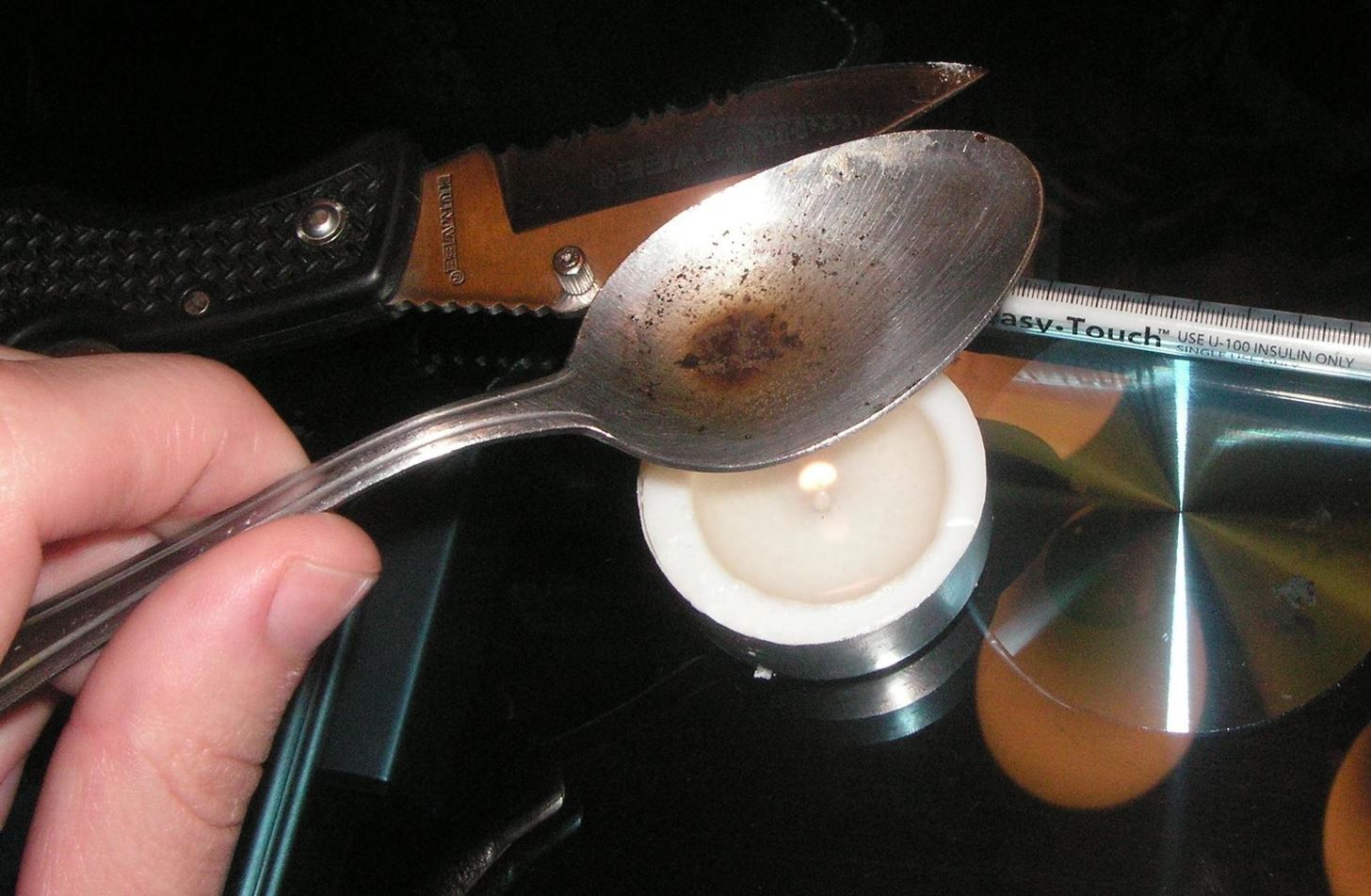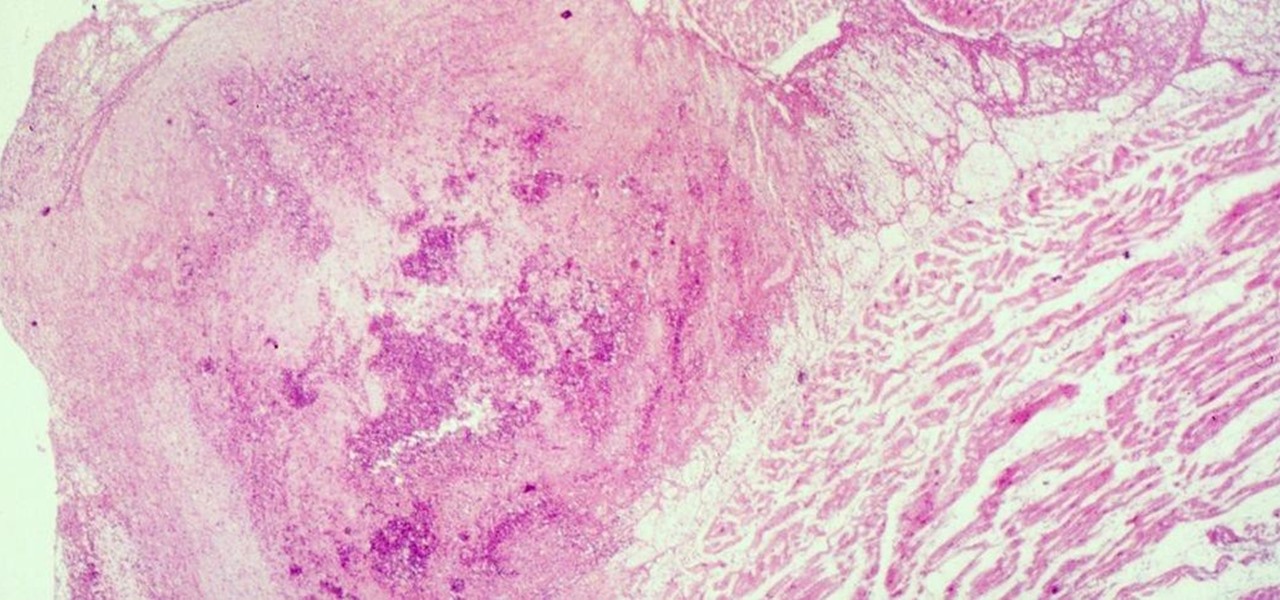Four million Americans misused prescription opioid painkillers in 2014. Those who do are 40 times more likely to inject heroin or other drugs than other people. Now, the Centers for Disease Control and Prevention (CDC) are blaming that misuse for a 12-fold increase in endocarditis, an infection of the heart valves.
"Endocarditis, or infection of the valves of the heart, due to needle sharing has been on the rise; and the rise has been directly associated with the increase in opioid use in the United States," Satjit Bhusri, a cardiologist at Lenox Hill Hospital in New York City, told Medline Plus.
The report was published June 9 in CDC's Morbidity and Mortality Weekly Report.
Endocarditis
Endocarditis is an inflammation of the inside lining of the heart chambers and heart valves. It's usually caused by a bacterial infection, but sometimes a fungal infection, that has made its way into the blood and to the heart.
The infection can develop from an infection contracted during surgery or a dental procedure, or from injecting drugs with a dirty needle. Signs of endocarditis are similar to those associated with other infections: fever, chills, sweating, fatigue, weakness, and aches and pains in joints and muscles. Some patients experience small areas of bleeding under the nails; red, painless skin spots on the palms and soles; red, painful nodes in the pads of the fingers and toes; shortness of breath with activity; and swelling of feet, legs, and abdomen.
Intravenous antibiotics given for two to six weeks can help treat the infection, but 15–25% of people with endocarditis need surgery to repair or replace damaged heart valves.
Opioids and Endocarditis
CDC issued a report June 9 that describes an analysis of hospital discharge data in from North Carolina between 2010 and 2015. It showed an approximately 12-fold increase — from 0.2 per 100,000 persons per year to 2.7 per 100,000 — in hospitalizations for endocarditis associated with drug dependence over the study period. The researchers saw the sharpest rise in patients between 18 and 25 years old.

About two thirds of the patients were aged 40 years old or less; half were between 26 and 40. Most of the patients were white and from rural counties in the state. A third also were infected with hepatitis C.
These demographics overlap with those of people addicted to heroin. That is, use among non-Hispanic whites, people 18 to 25, and people over 26 are the groups experiencing the biggest increases in heroin use between 2002 and 2013.

Forty-two percent of the North Carolina patients were uninsured or had Medicaid coverage. The hospital costs associated with treating these patients with drug dependence-associated endocarditis increased 18-fold, from $1.1 million in 2010 to $22.2 million in 2015.
In North Carolina, intravenous drug use correlated with the rise in endocarditis infections. That rise generated an even greater rise in the cost of medical resources to treat the infections. The CDC report recommended focusing on safe injection education, and opioid treatment programs to confront the related and growing problems of drug use and endocarditis.
To reduce the risk of morbidity and mortality related to opioid-associated endocarditis, public health programs, and health care systems should consider collaborating to implement syringe service programs, harm reduction strategies, and opioid treatment programs.
Drug use, endocarditis, and hospital expenses are all tied together, but the root cause is drug use. Until we get a grip on that problem, endocarditis will be an unintended, very serious, and very expensive consequence.
Just updated your iPhone? You'll find new emoji, enhanced security, podcast transcripts, Apple Cash virtual numbers, and other useful features. There are even new additions hidden within Safari. Find out what's new and changed on your iPhone with the iOS 17.4 update.




























Be the First to Comment
Share Your Thoughts